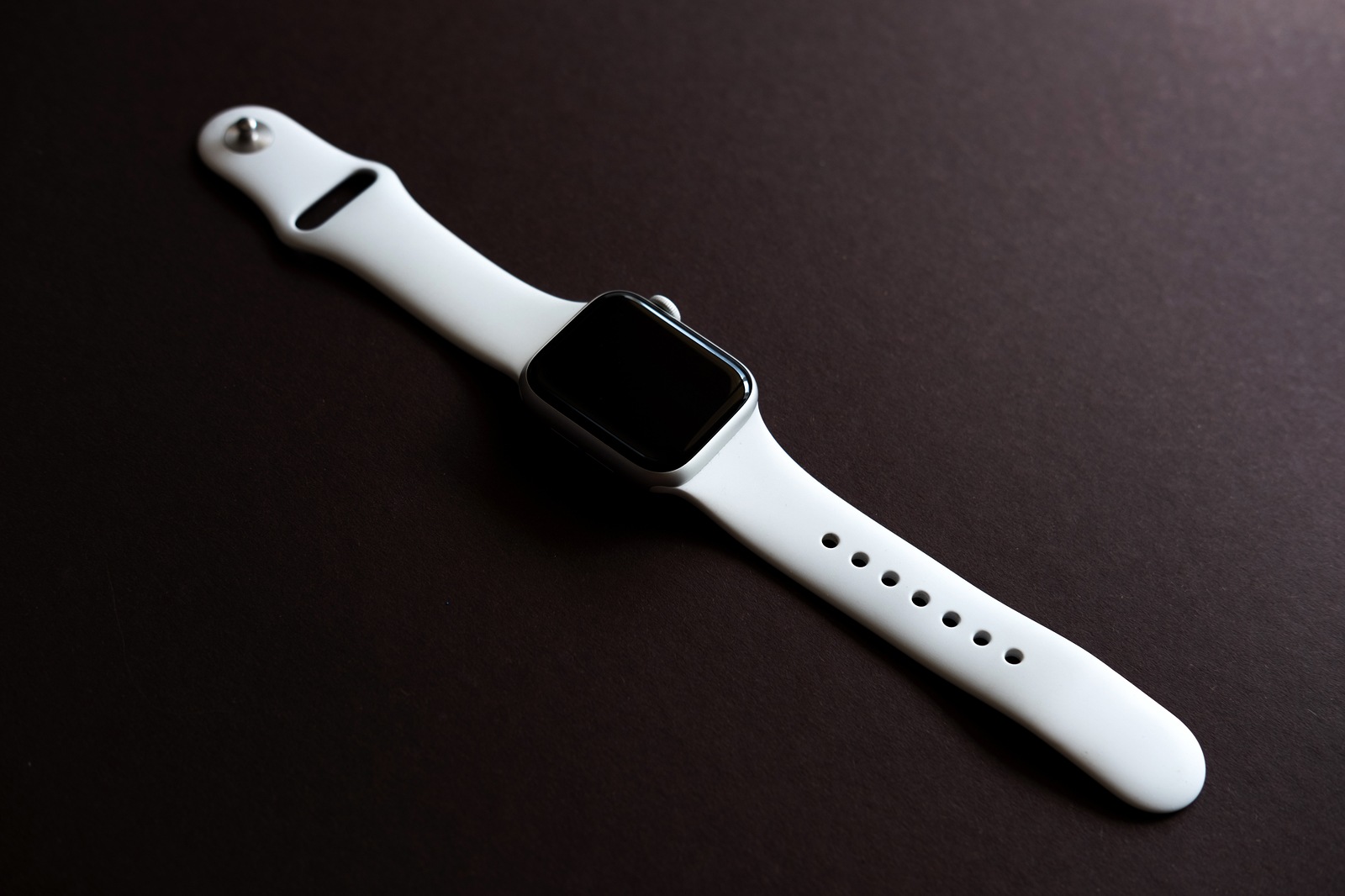In recent days, discussions have been spreading around Corona tracking via smartphone. The topic is not only met with approval but also with a lot of resistance. In the following, I would like to take a closer look at Apple and Google's joint plan and answer important questions.
Corona tracking is actually the wrong word. Specifically, it is about contact tracking via smartphone. For this purpose, state-funded apps are to be provided that access Bluetooth technology and thus record contact with infected people. Respect for privacy is a top priority. A few days ago, Apple a new cooperation with Google announced that both companies want to participate in this project and take over a large part of the development work from the health authorities. The goal is clear - modern technologies should be used in the fight against COVID-19 to save lives and restore normality. In the age of smartphones, this should be a good approach - if it weren't for the issue of privacy. But some suspect a conspiracy behind it. Many currently believe that the apps for COVID-19 contact tracing record the location of users, create movement logs and are stored in some secret databases. Why? No one has been able to answer this question seriously so far. At this point, the states are being accused of all sorts of things - now also Apple and Google. Maybe we are being sold to an alien civilization? Hello ET! We don't know. Whatever the case - it is all the more important to understand the facts and how they work while respecting privacy. To make this clear in advance: I don't want to persuade any of you to use these apps. I just want to show the facts and explain the misunderstood way they work.
What is meant by “contact tracing”?
So let's get back to Apple's latest project. When it comes to privacy and data protection, Apple is by far the most trusted of the tech giants. Why should that change with an announcement that is actually intended to save lives and is free for everyone?! So, what exactly is Apple and Google's plan? Both companies want to develop a unified system for contact tracing via smartphone. Users of an iPhone or Android device will receive a third-party app that can access Bluetooth and enables contact tracing. A kind of protocol will be created that should not violate privacy. This protocol will record encounters as soon as a contact with another smartphone user is detected at close range - thanks to Bluetooth. If a person has tested positive for COVID-19, other users will receive a notification as soon as an encounter has occurred in close proximity.
Important: While this function is active, no location data is recorded and saved. Bluetooth is used instead, which can pick up the signals in the immediate vicinity of other devices. Bluetooth cannot therefore perform location tracking. In addition, all users receive an anonymized ID that is dynamic. In the event of a notification, the identity is not revealed. Apart from that, the location where the possible infection may have occurred cannot be determined. This means that the only relevant data is - was there contact with infected people - yes or no!
COVID-19 positive – where does the data come from?
Now users naturally ask themselves where the respective app gets its information from? If a user tests positive, they are entered into the database of the respective health authority. The contact tracing app accesses these databases. If there is a match, the app sends a notification. How the supposedly infected person reacts to this is up to them. The anonymized ID comes into play to protect privacy.
What exactly will Apple and Google do now?
As explained above, a contact tracing application from the respective health authority is required. These will be rolled out in the next few weeks. The efforts of both companies include several updates. The first update is to be released by mid-May at the latest and will include an important API that will improve interoperability between Android and iOS devices using such apps from the health authorities. The said contact tracing API (Application Programming Interface) can only be accessed by apps from official state health organizations. If the API is integrated, an additional activation confirmation from Apple or Google is required. This means that misuse of this interface is impossible. The whole thing will be expanded in a further update, which is due to be released later for both iOS and Android. This means that from then on, users can participate in this voluntary program via opt-in without having to install an additional app. It can be assumed that iOS 12 users will also receive this update in order to appeal to as wide a mass of people as possible.
"Where is?" app, Facebook and more
The success of the initiative requires a high level of participation, although exact percentages are not known given the unprecedented nature of the effort. A certain percentage of users will not opt for contact tracing for various reasons, but there is an incentive to participate - saving lives. Anyone who is still skeptical about the whole thing should analyze official sources and decide later. By the way - anyone who is still worried about location tracking should take a look at their "Where is?" app. It actually records your location non-stop. Anyone who uses Facebook, Instagram, WhatsApp and the like should certainly not have any concerns about data protection - right? After all, the advantage of contact tracing is to detect an infection early, prevent the spread of COVID-19 in good time and protect not only your own family. You can find more information about COVID-19 on the official websites of the WHO as well as Federal Ministry of Health. (Photo by AngelinaBambina / Bigstockphoto)
[poll id=“10″]
buying tip: The AirPods 2 and AirPods Pro are available again at Amazon and a little cheaper overall. It's worth being quick.





